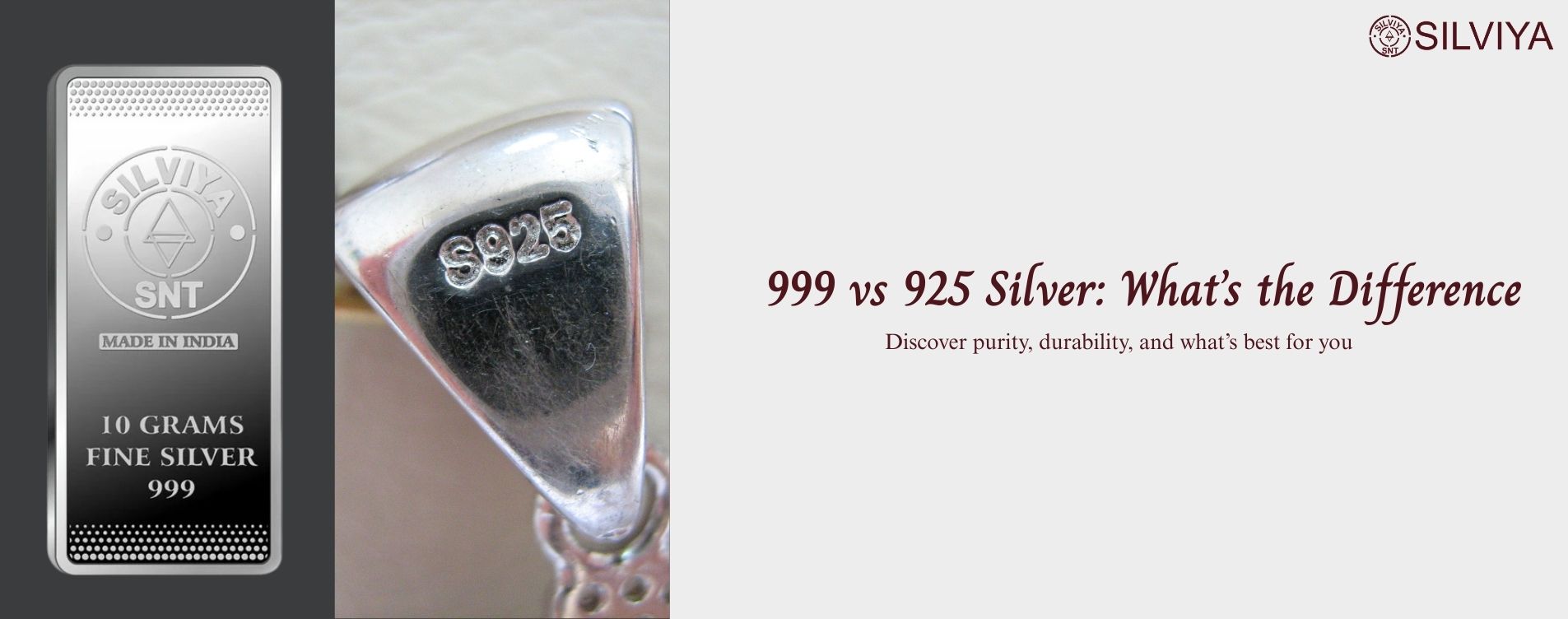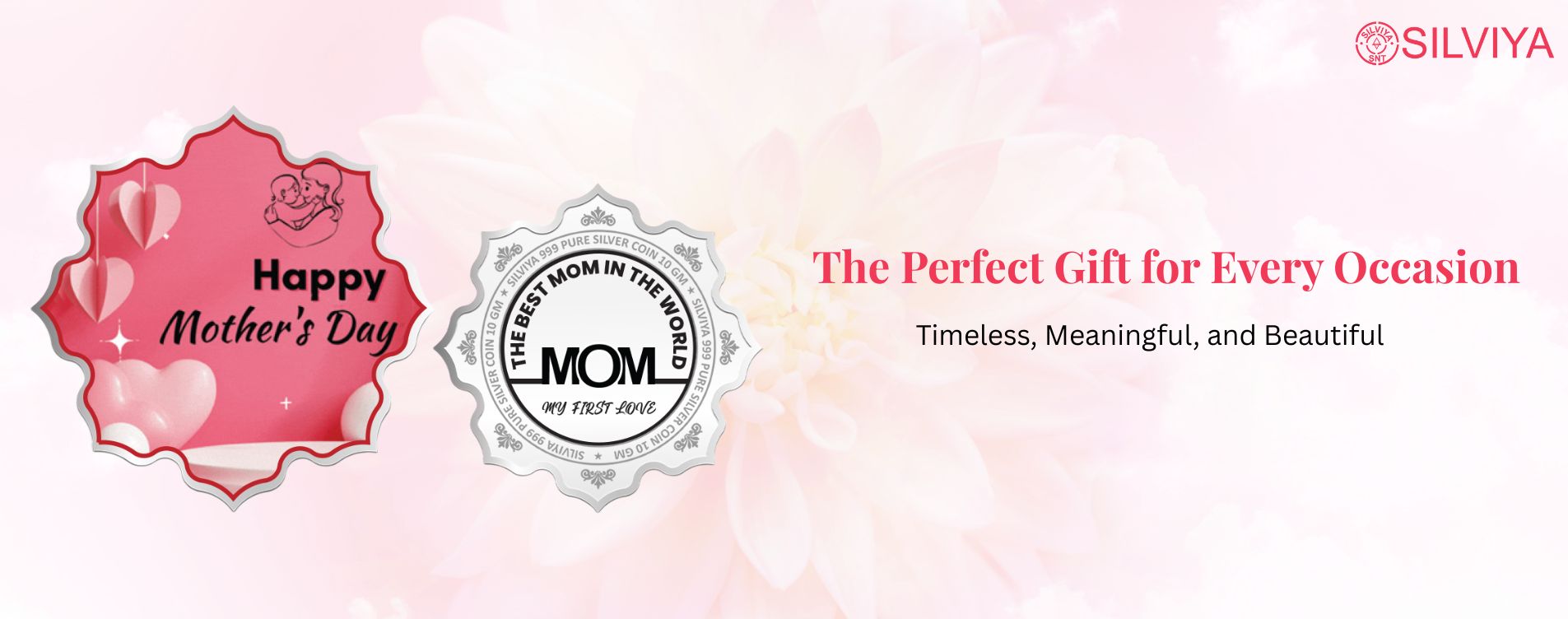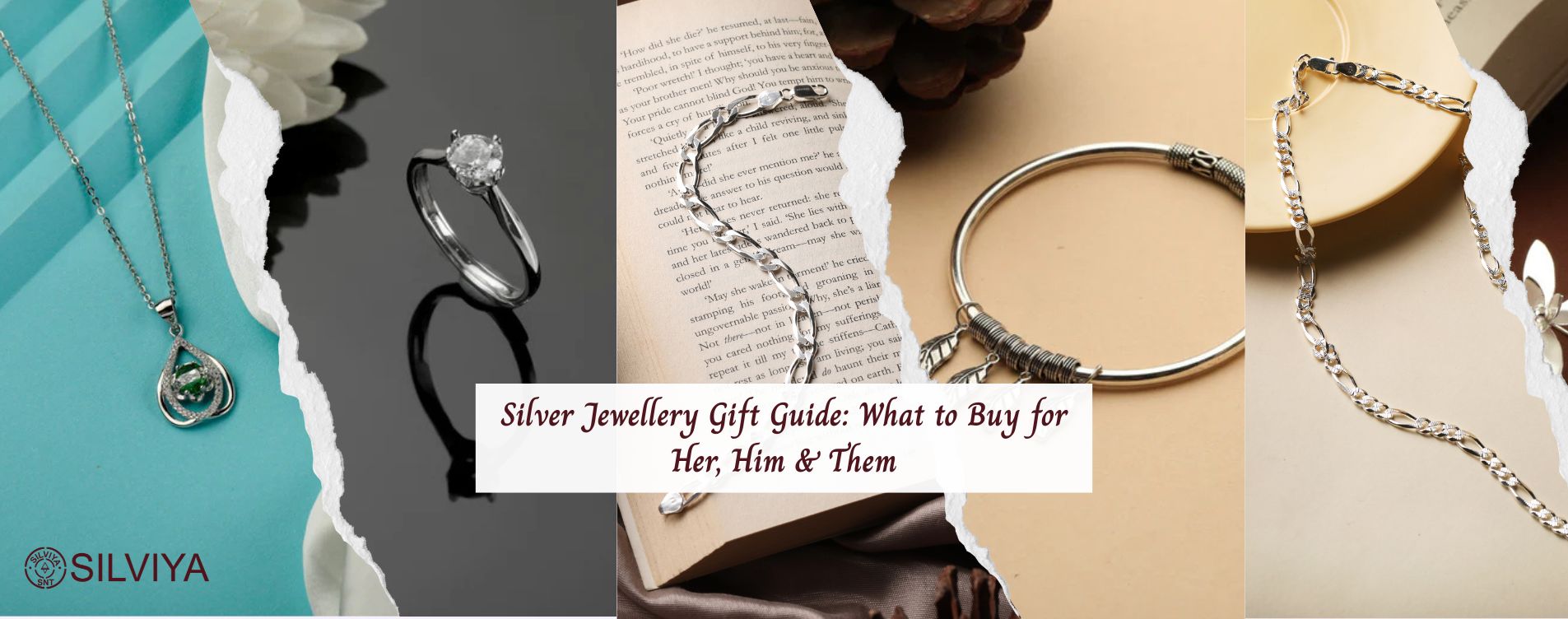
999 vs 925 Silver: What’s the Difference?
When it comes to silver jewellery and coins, you’ve probably come across terms like “999 silver” and “925 silver.” But what do these numbers mean? Are they just marketing jargon or do they truly affect quality, value, and use?
In this guide, we’ll break down the real difference between 999 and 925 silver, so you can shop smarter and know exactly what you're getting when you buy silver—whether it’s an elegant pair of earrings or a classic silver coin.
What Is 999 Silver?
Made up of 99.9% silver and only 0.1% trace elements, 999 silver—often called pure silver—is the highest grade of silver you can buy.
Key Features of 999 Silver:
Purity: 99.9%
Color: Bright white and shiny
Uses: Typically used in silver bars, coins, and occasionally in premium jewellery pieces.
Marking: Often stamped as “.999” or “999”
Because it is pure, 999 silver is softer and more flexible. That’s why you’ll often find it used in investment products like silver coins and bars, where durability isn't as crucial as in everyday jewellery.
What Is 925 Silver?
925 silver, also referred to as sterling silver, is made up of 7.5% additional metals, mostly copper, and 92.5% pure silver. Its classic silver shine is maintained while its strength and durability are increased by this combination.
Key Features of 925 Silver:
Purity: 92.5%
Color: Slightly less white than 999 silver but still beautiful and shiny
Uses: Widely used in all types of jewellery—rings, chains, bracelets, earrings
Marking: Usually stamped as “.925” or “925”
This small mix of other metals makes 925 silver perfect for wearable items. It doesn’t bend or scratch as easily, making it a great choice for daily wear.
999 vs 925 Silver: Side-by-Side Comparison
|
Feature |
999 Silver |
925 Silver |
|
Purity |
99.9% pure silver |
92.5% pure silver |
|
Hardness |
Softer |
Harder and more durable |
|
Color |
Brighter white, shinier |
Slightly duller, still attractive |
|
Usage |
Coins, bars, occasional jewellery |
Everyday jewellery, accessories |
|
Marking |
999 or .999 |
925 or .925 |
|
Value |
Slightly higher due to purity |
Slightly lower, but more practical |
|
Tarnish Resistance |
Slightly better |
Can tarnish, but easy to clean |
Which Silver Is Better?
It really depends on your needs and preferences:
For jewellery:
If you’re shopping for earrings, rings, or chains, 925 silver is the better choice. It’s durable, budget-friendly, and ideal for regular use.
For Collectibles or Investment:
Looking for something that holds long-term value? In that case, opt for silver bars or coins made from 999 silver. Its higher purity makes it ideal for silver investors and collectors.
How to Identify 999 and 925 Silver
Always look for the hallmark stamp:
1. 999 or .999 indicates fine silver
2. 925 or .925 indicates sterling silver
You’ll typically spot this small stamp on places like the clasp of a chain, the inner band of a ring, or the back of a pendant or silver coin.
If you're unsure, you can always ask for a purity certificate when buying from a trusted brand like Silviya, where transparency and authenticity are guaranteed.
Does 925 Silver Tarnish?
Yes, since 925 silver contains a small amount of copper, it can tarnish over time when exposed to air, sweat, or moisture. But don’t worry—tarnish is not permanent, and a simple polish or cleaning with a silver cloth will make it look new again.
999 silver, on the other hand, scratches and bends more readily due to its softer nature, but it tarnishes less.
Why jewellery Makers Prefer 925 Silver
jewellery makers often choose 925 silver over 999 because of its practicality. It’s easier to shape, set with gemstones, and polish without worrying about the metal becoming too soft or losing form.
That’s why most of the silver jewellery available in the market—including rings, bracelets, and necklaces—is made with sterling silver (925).
Is One More Expensive Than the Other?
Because of its higher purity, 999 silver usually comes with a higher price tag. However, the price difference isn’t huge when it comes to small jewellery pieces. For large coins or bars, the price difference becomes more noticeable.
At Silviya, we offer both types—so whether you’re looking for pure silver coins as a gift or investment, or 925 silver jewellery for daily wear, you’ll always find something that fits your style and budget.
What Should You Choose?
Here’s a quick guide:
Choose 925 silver if you want:
1. Durable jewellery
2. Affordable price
3. Daily wear items
Choose 999 silver if you want:
1. High purity metal
2. Investment-grade coins or bars
3. Exclusive collectible pieces
Final Thoughts
Your purchasing decisions will be smarter if you know the difference between 999 and 925 silver. Both have their own beauty, value, and purpose. Whether you’re gifting your mom a silver bracelet, investing in pure silver coins, or simply treating yourself—knowing what you’re buying is the key.
At Silviya, we’re proud to offer authentic, BIS hallmarked 925 silver jewellery and 999 silver coins with the finest craftsmanship and guaranteed purity. Discover a perfect combination of beauty, tradition, and trust by exploring our selections today.



